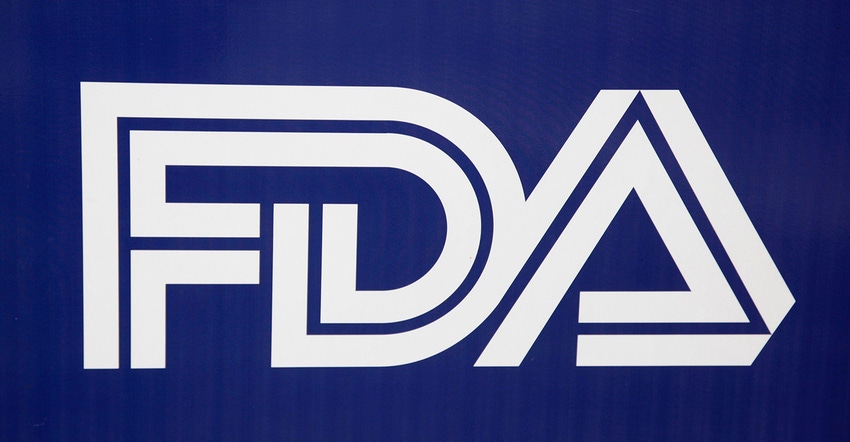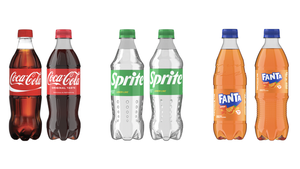A coalition of healthcare and environmental groups has petitioned FDA to re-examine the safety of BPA in light of an EU study claiming that harmful effects from BPA exposure can occur at levels tens of thousands times lower than previously thought.
June 4, 2022

In response to a petition filed by a coalition of healthcare professionals, scientists, and public health and environmental organizations, FDA reportedly has agreed to reconsider the safety of bisphenol A (BPA) in polycarbonate, metal can coatings, and other food-contacting materials. FDA will come to a final decision on its safety by Oct. 31, 2022, according to the Environmental Defense Fund (EDF), one of the petition’s signatories.
The EDF cites a study of more than 3,000 mothers and children that linked BPA exposure in the womb to higher rates of asthma and wheezing in school-age girls. The finding reinforces a study issued last year by a panel of experts convened by the European Food Safety Authority (EFSA). The EFSA Expert Panel found that “harmful effects from BPA exposure can occur at levels tens of thousands times lower than previously thought,” said Maricel Maffini, co-author of the petition who holds a doctorate in biological sciences, reports the EDF. “These studies show that extremely low exposures to BPA can lead to an overactive immune system likely producing out-of-control inflammation. This inflammation can then trigger wheezing and asthma-like effects.”
Most Americans get 5,000 times more BPA in their daily diet than the EFSA expert panel says is safe, noted Tom Neltner, EDF Senior Director, Safer Chemicals.
The petition calling for limits on BPA in food packaging was initially submitted in January of this year but was rebuffed by FDA at the time because EFSA was still in the process of fielding public comments on the findings. Now that the public comment period has closed, the petition was refiled with FDA and accepted by the agency.
In addition to EDF, the signatories of the petition include Breast Cancer Prevention Partners, Clean Water Action/Clean Water Fund, Consumer Reports, the Endocrine Society, the Environmental Working Group, and Healthy Babies Bright Futures.
BPA is typically found in polycarbonate and epoxy resins, which account for more than 90% of the BPA that is produced. It has been used for several decades and the science, according to many experts, lands squarely on the side of its safety, as it has been thoroughly tested and reviewed by FDA and other regulatory bodies.
Out of an abundance of caution, FDA restricted the use of BPA in baby bottles and sippy cups in 2012, but since then it has consistently maintained that the current low levels of BPA found in some food are safe.
Advocates for restricting the use of BPA cite health concerns resulting from the chemical seeping into food and beverages. “Exposure to BPA is a concern because of the possible health effects on the brain and prostate gland of fetuses, infants, and children. It can also affect children's behavior. Additional research suggests a possible link between BPA and increased blood pressure, type 2 diabetes, and cardiovascular disease,” writes the Mayo Clinic on its website.
Nevertheless, a stream of studies suggesting otherwise amplified through the media have had an impact on public opinion. Numerous brand owners, understandably sensitive to public perception, have stopped using BPA in their products over the years and loudly proclaimed their BPA-free status on the labeling. That has further fueled public perception that exposure to BPA can impact human health.
BPA substitutes, however, have not come with a clean bill of health. As reported in PlasticsToday in July 2019, a study has linked bisphenol S and bisphenol F to a potential increase in childhood obesity. Analyzing data from the US National Health and Nutrition Examination Survey, researchers from the NYU School of Medicine discovered that children ages 6 to 19 with higher levels of BPS and BPF in their urine were more likely to be obese than those with lower levels. None of these substitutes has been studied as extensively as BPA A, so there may well be other health impacts associated with them.
That, of course, raises the perennial question in the BPA debate: Why replace a chemical with such a long history of oversight and that has been deemed safe by scientists and regulatory bodies around the world with a largely unproven material?
FDA will have an opportunity, once again, to weigh in on this question next October.
About the Author(s)
You May Also Like




